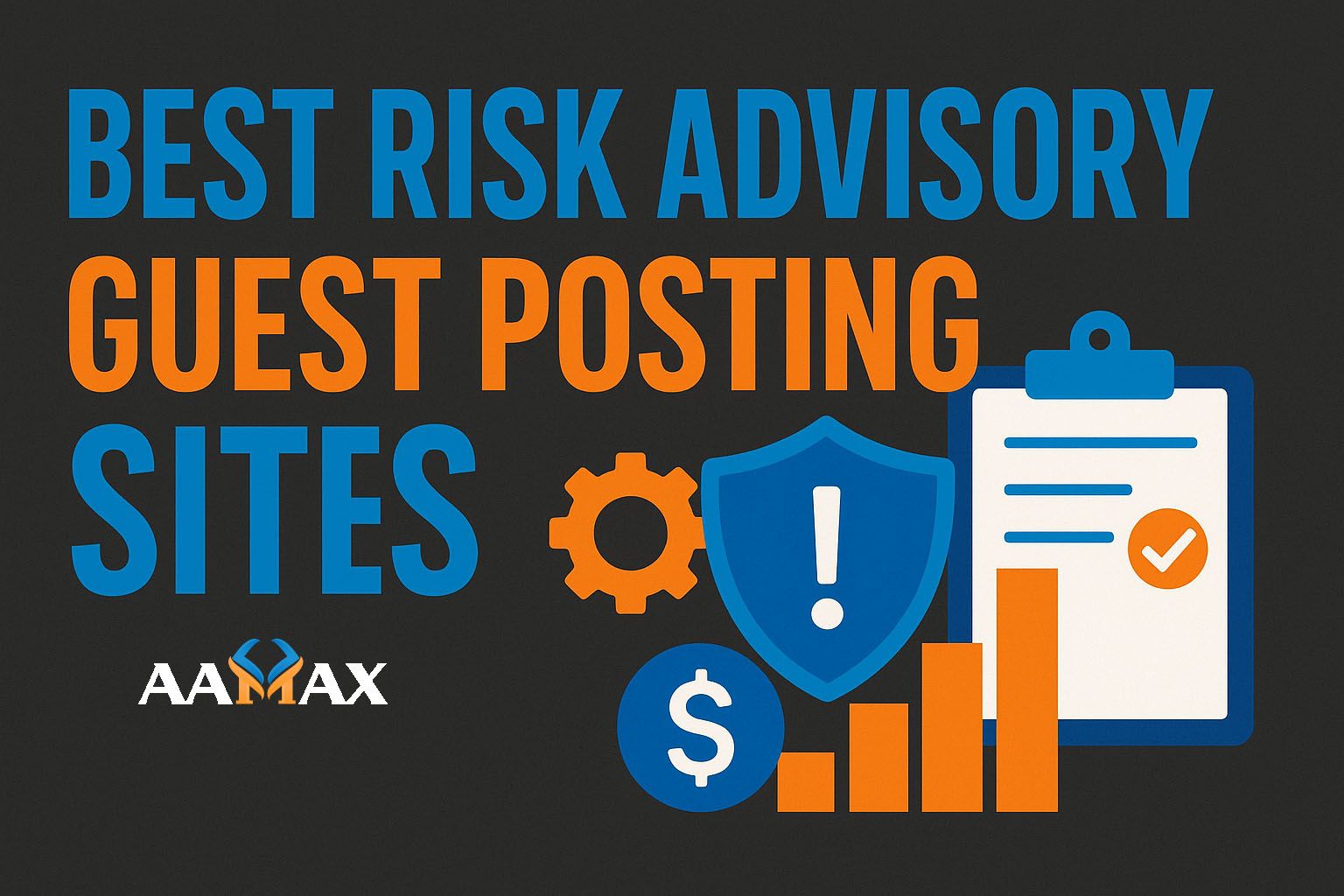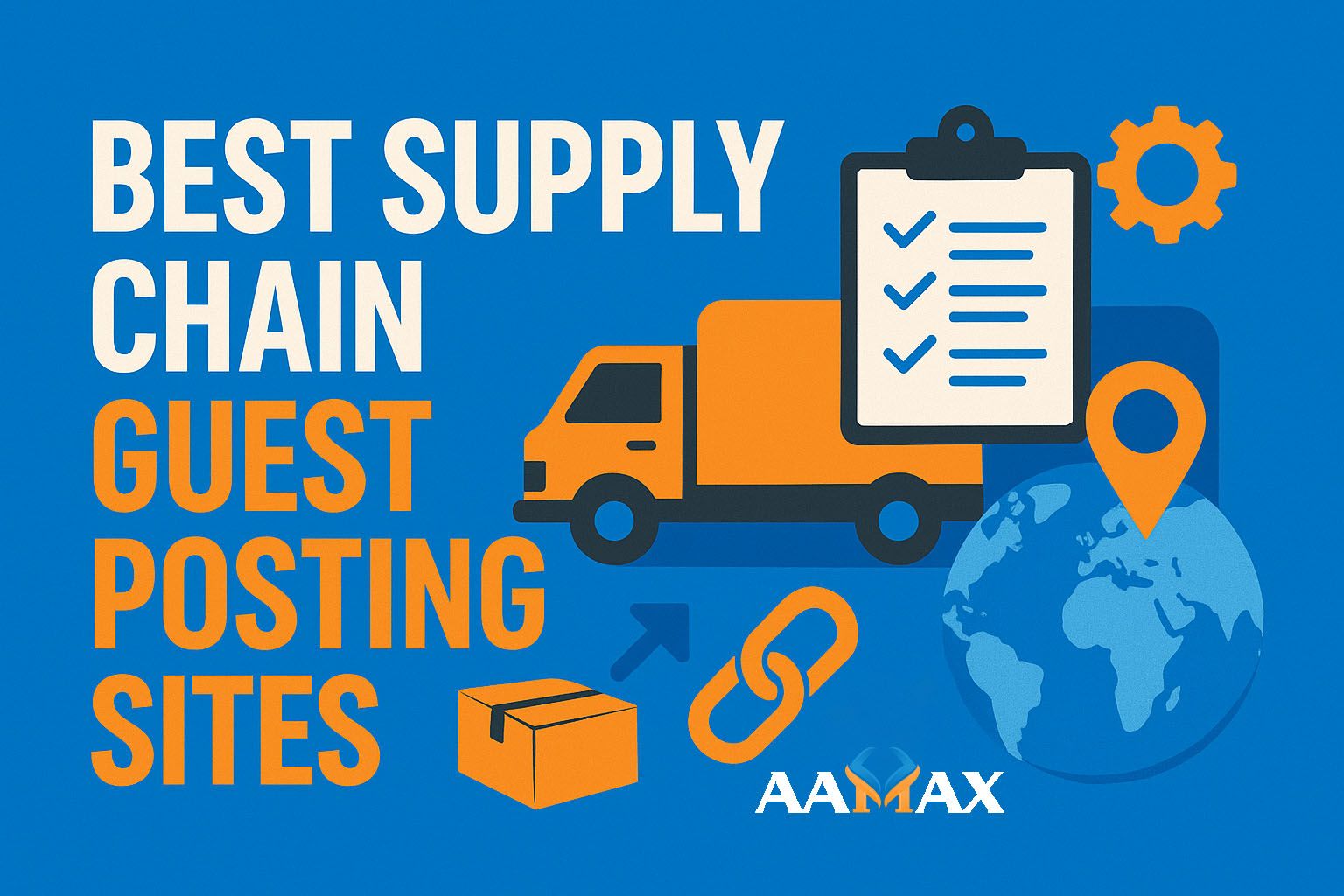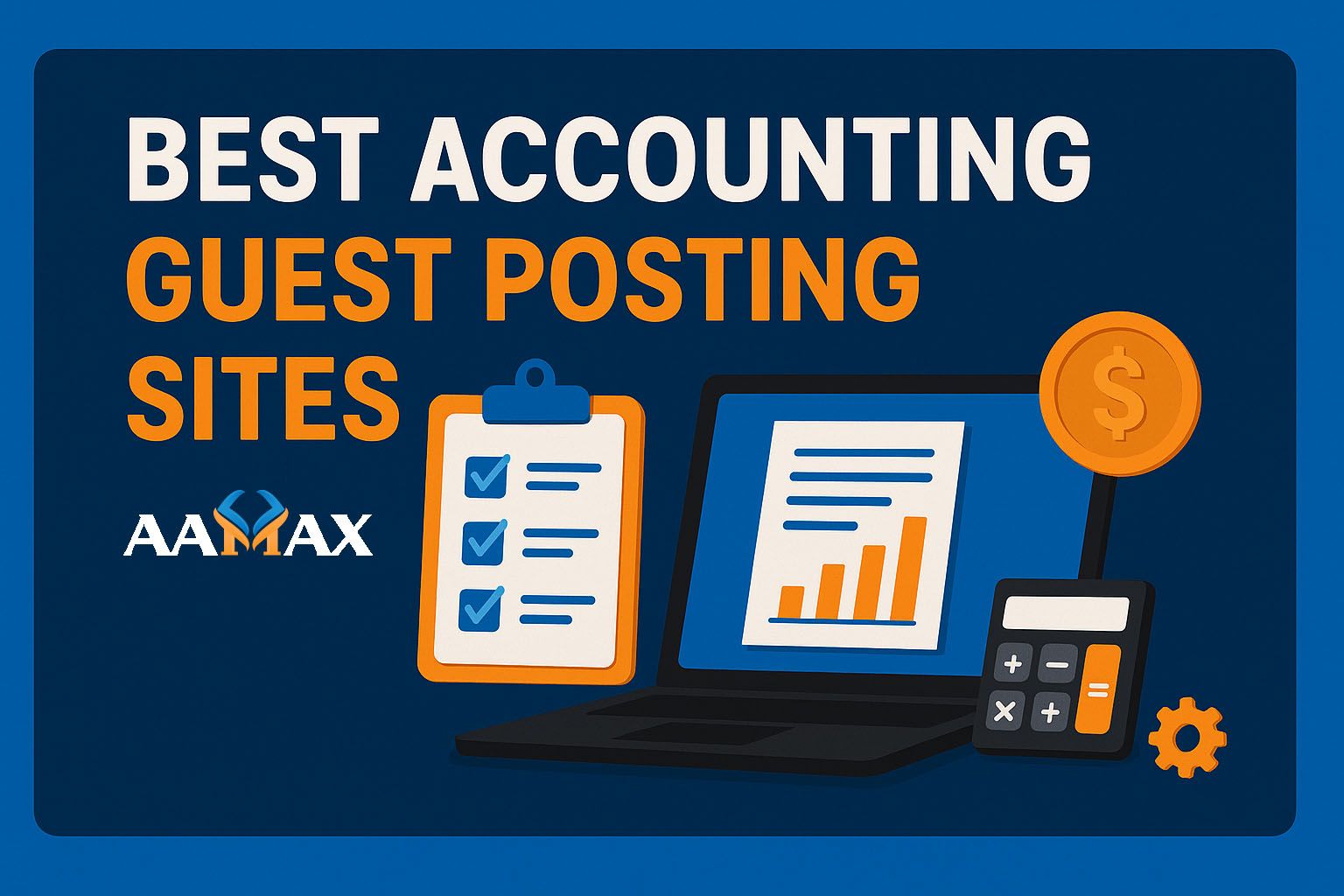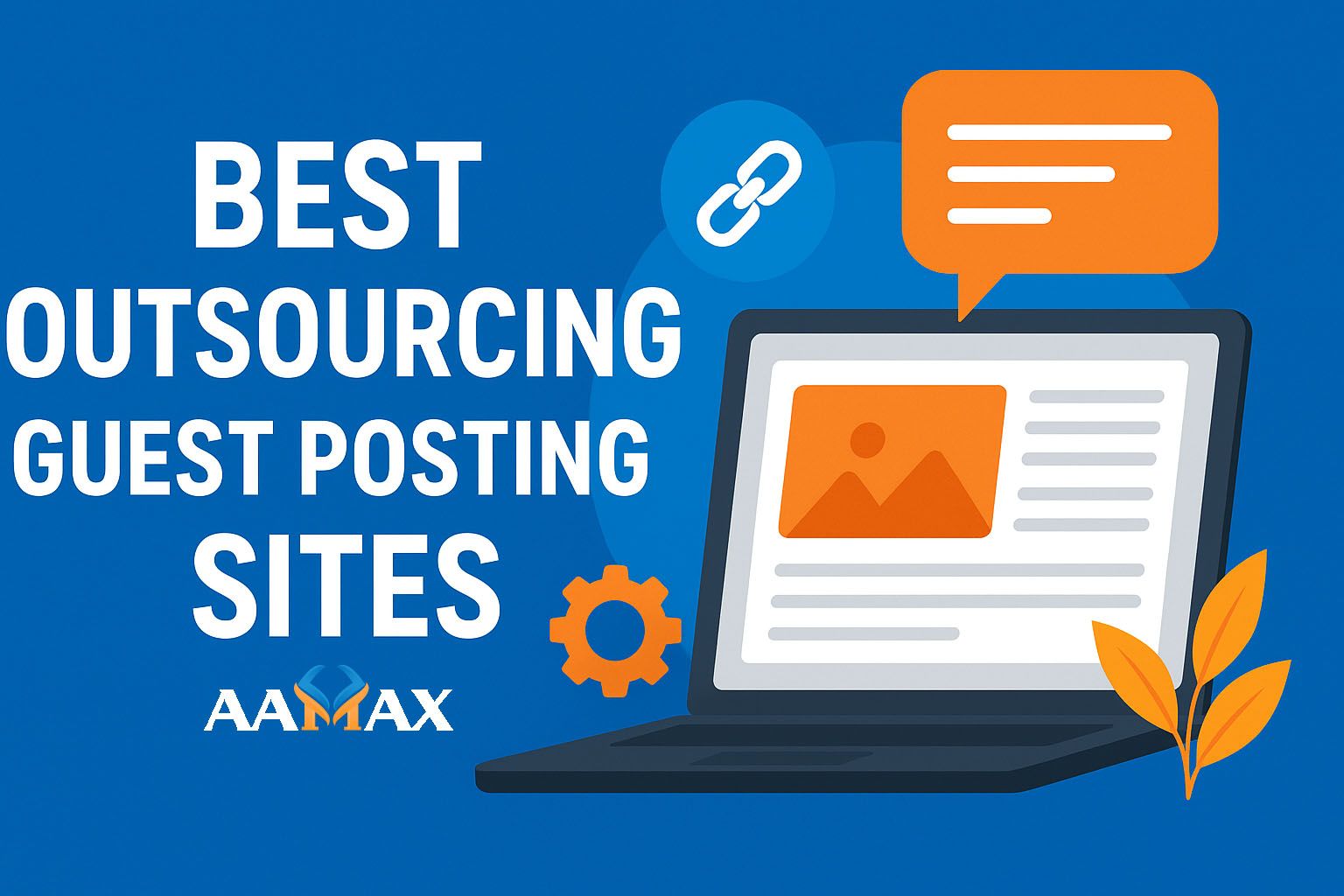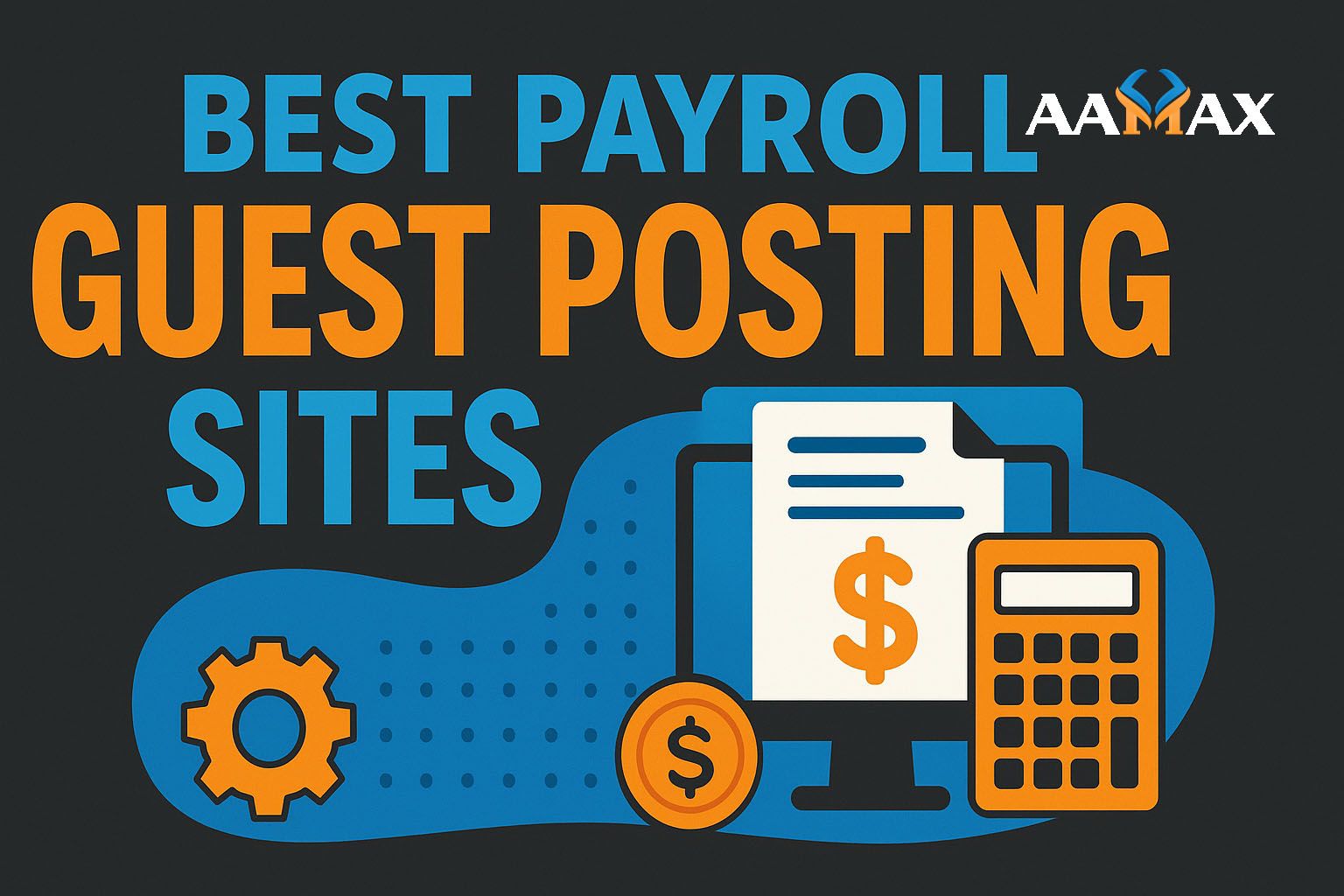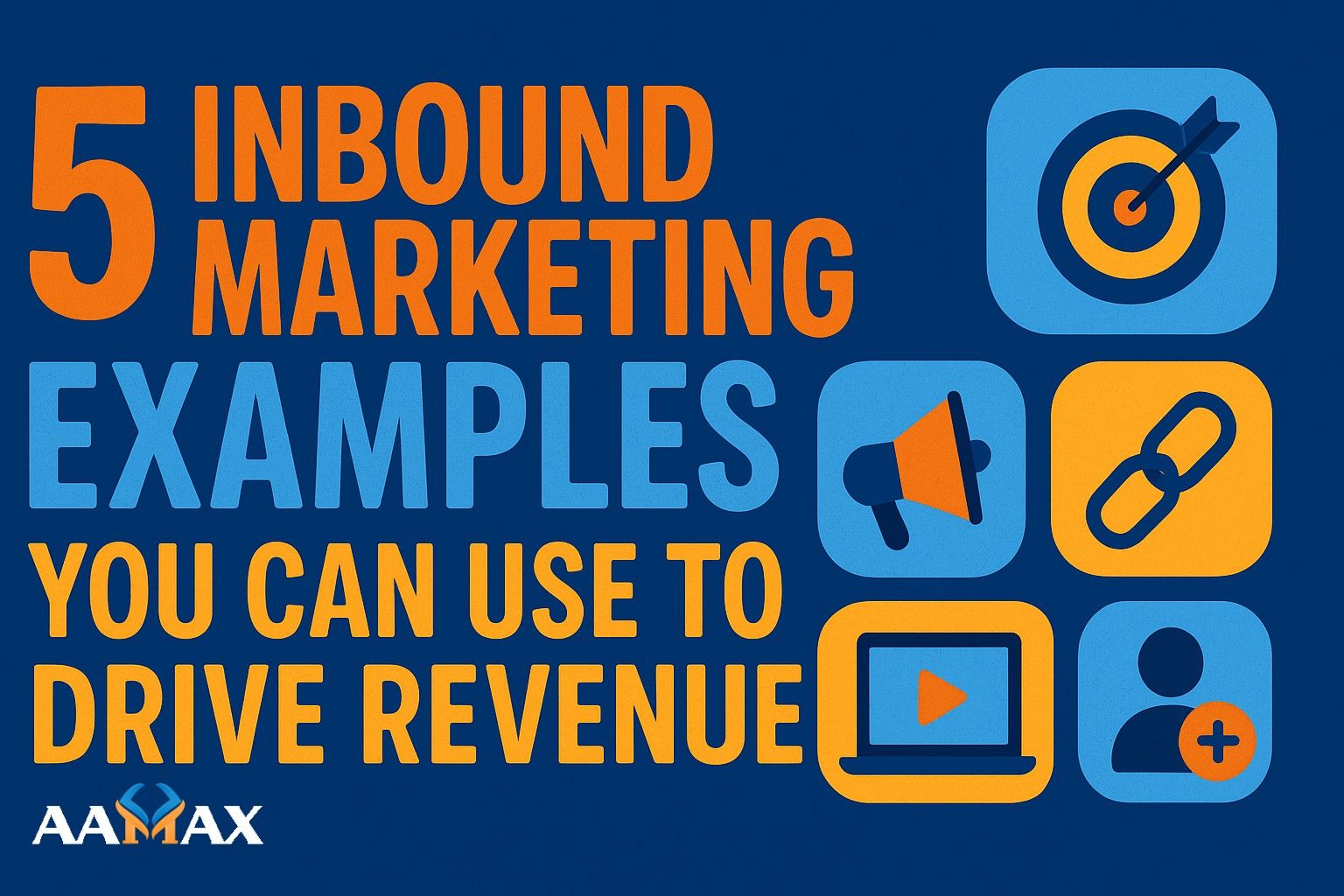
5 Inbound Marketing Examples You Can Use to Drive Revenue
In today's digitally driven world, traditional push marketing is losing its effectiveness. Consumers no longer respond positively to cold calls, intrusive ads, or impersonal sales tactics. Instead, they’re looking for value — and inbound digital marketing services delivers just that. By creating useful, targeted, and engaging content, inbound marketing attracts, engages, and delights customers organically, ultimately driving real business revenue.
In this guide, we’ll explore 5 actionable inbound marketing examples that businesses can adopt to generate more leads, nurture customer relationships, and boost revenue. Whether you’re a startup or an established enterprise, these tactics can transform your marketing strategy from reactive to results-driven.
What is Inbound Marketing?
Inbound marketing is a strategy focused on attracting potential customers through valuable content and experiences tailored to them. Unlike outbound marketing, which interrupts audiences with content they don’t always want, inbound marketing forms connections through content that solves problems and builds trust.
The inbound methodology generally follows four key stages:
- Attract – Draw in the right people with relevant content.
- Convert – Turn visitors into leads with engaging CTAs and forms.
- Close – Transform leads into customers through nurturing tactics.
- Delight – Provide ongoing value to turn customers into promoters.
Now let’s dive into five practical inbound marketing examples that you can implement to increase brand visibility and drive more revenue.
1. Blogging for SEO and Brand Authority
One of the most foundational inbound marketing strategies is consistent blogging. A well-maintained blog helps attract organic traffic by targeting keywords that your audience is actively searching for. By providing helpful, informative, and relevant blog content, businesses can build authority and become a go-to resource in their industry.
Why It Works:
- Improves your website’s visibility on search engines
- Builds trust and credibility with your audience
- Encourages return visits and content sharing
- Helps nurture leads with educational content
Example:
A dental clinic that publishes regular blog posts like “Top 5 Foods That Whiten Teeth Naturally” or “What to Expect During Your First Root Canal” not only provides value but also attracts potential patients searching for that information.
Tip: Use SEO best practices such as long-tail keywords, internal linking, optimized meta descriptions, and engaging headlines to maximize your blog’s impact.
2. Gated Content and Lead Magnets
Lead magnets are high-value resources offered in exchange for a user’s contact information. These can include eBooks, whitepapers, templates, checklists, or even webinars. This strategy is highly effective at capturing qualified leads who are genuinely interested in your content.
Why It Works:
- Offers real value in exchange for email addresses
- Helps segment your audience based on their interests
- Supports lead nurturing campaigns
- Establishes you as a thought leader
Example:
A SaaS company offering project management tools could create a gated eBook titled “The Ultimate Guide to Agile Project Management.” Visitors interested in improving their project workflows are likely to download the eBook and become leads.
Tip: Make sure your landing page is optimized for conversions with a compelling headline, a brief explanation of the content’s benefits, and a clear call-to-action (CTA).
3. Email Marketing and Lead Nurturing Campaigns
Email marketing continues to be one of the most powerful inbound marketing tools. Once a visitor becomes a lead, nurturing them with timely, relevant emails can guide them down the sales funnel. Automated email workflows based on user behavior and preferences create a personalized experience and increase conversion rates.
Why It Works:
- Allows for targeted communication with segmented lists
- Keeps your brand top-of-mind
- Encourages repeat engagement and conversions
- Automates the lead nurturing process
Example:
An eCommerce store could create a welcome series that includes a thank-you email, a product showcase, user reviews, and a limited-time discount. This builds trust and nudges the lead closer to making a purchase.
Tip: Use marketing automation platforms to trigger emails based on user actions, such as downloads, page visits, or cart abandonment.
4. Social Media Content and Community Building
Social media platforms are powerful tools for distributing your content, engaging your audience, and building a loyal community. Inbound marketing via social media focuses on offering valuable and shareable content that encourages interactions without hard selling.
Why It Works:
- Helps you reach a wider audience organically
- Encourages engagement through comments, shares, and likes
- Builds brand loyalty and advocacy
- Drives traffic back to your website
Example:
A fitness brand might use Instagram to share quick workout routines, motivational quotes, healthy recipes, and live Q&A sessions. Over time, this builds a community of engaged followers who are more likely to buy products or sign up for memberships.
Tip: Engage with followers by responding to comments, reposting user-generated content, and hosting contests or giveaways.
5. Video Marketing for Education and Engagement
Video marketing has become a dominant form of content, with platforms like YouTube, TikTok, and Instagram Reels making it easier than ever to distribute short, engaging clips. Videos are an excellent way to explain complex topics, showcase product demos, and build emotional connections with your audience.
Why It Works:
- Increases engagement and information retention
- Improves SEO (video content ranks well on Google)
- Builds a stronger emotional connection with viewers
- Encourages sharing across social platforms
Example:
A real estate agency might create a YouTube series called “First-Time Buyer Fridays” featuring tips, walkthroughs, and success stories. This builds credibility and keeps viewers coming back for more.
Tip: Add subtitles, keep videos short and to the point, and always include a CTA directing viewers to your website or landing page.
Integrating Inbound Tactics into a Unified Strategy
While each inbound marketing tactic is powerful on its own, the magic happens when you integrate them into a cohesive strategy. For instance:
- Blog content can be shared on social media and used in email campaigns.
- Gated content can be promoted via blog CTAs or pop-ups.
- Insights gathered from email campaigns can inform future blog or video topics.
This synergy not only boosts reach and engagement but also ensures a consistent and personalized customer experience across all touchpoints.
Measuring the ROI of Inbound Marketing
To ensure your inbound marketing efforts are driving revenue, it’s essential to track performance using key metrics. These may include:
- Website traffic and page views
- Bounce rates and session duration
- Email open and click-through rates
- Conversion rates and cost per lead (CPL)
- Customer acquisition cost (CAC)
Tools like Google Analytics, HubSpot, Microsoft Clarity, and CRM platforms can help track and report performance. Set up dashboards to monitor these metrics over time and make data-driven adjustments.
Common Mistakes to Avoid
While inbound marketing is effective, many businesses fall into common pitfalls that can dilute their impact:
- Lack of a documented strategy – Always start with a plan and clear goals.
- Inconsistent content publishing – Consistency is key to maintaining engagement.
- Not optimizing for mobile – Ensure all content is mobile-friendly.
- Ignoring SEO – Great content is only effective if it’s discoverable.
- No clear CTAs – Guide users on the next steps.
Avoiding these mistakes will ensure that your inbound efforts remain focused and profitable.
Final Thoughts
Inbound marketing is no longer a luxury; it's a necessity. In a world where buyers are more informed and skeptical of traditional sales tactics, inbound provides a way to genuinely connect with your audience, build trust, and drive sustained revenue growth.
By implementing these five inbound marketing strategies — blogging, gated content, email nurturing, social media engagement, and video marketing — you’re laying a strong foundation for long-term business success.
Need help crafting and executing a high-converting inbound marketing strategy? Hire AAMAX for professional digital marketing services. AAMAX is a full-service digital marketing company offering web development, SEO, and custom growth solutions designed to help businesses like yours thrive online.

